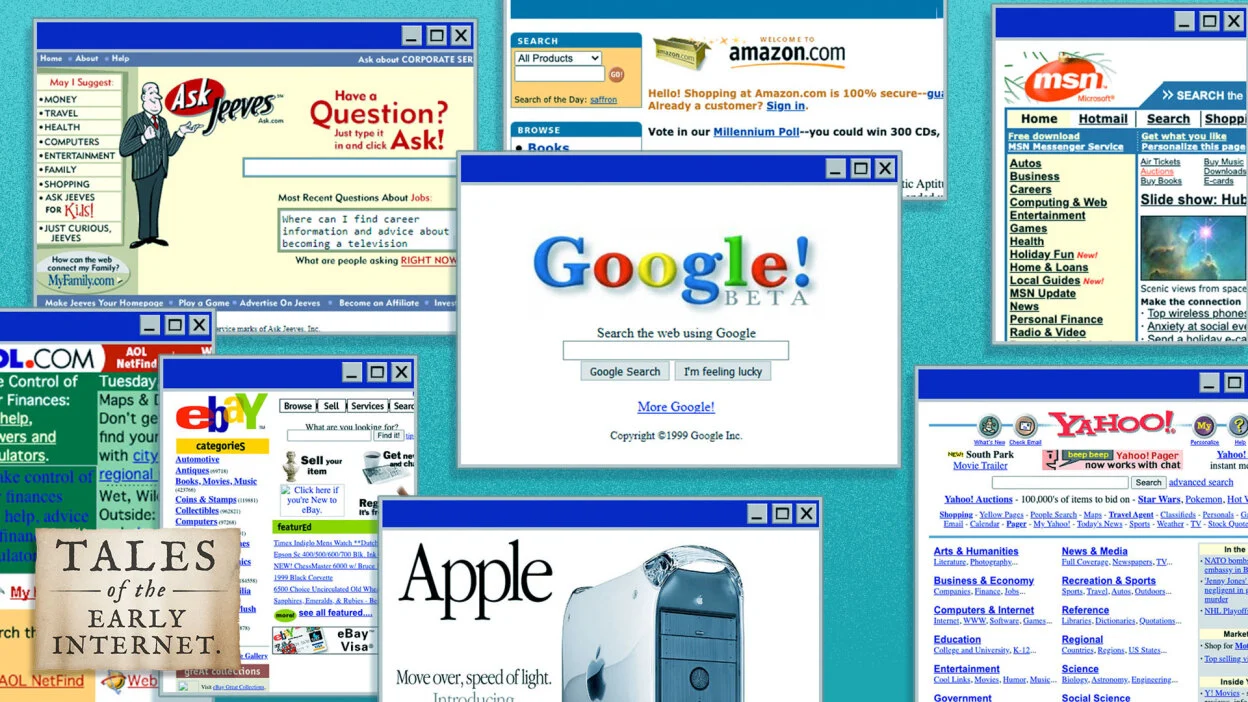The early web has a certain nostalgic charm to it, an earnestness that's hard to find online these days. As Ian Milligan, a digital historian, notes, "There's a wholesomeness to the early web, an earnestness that's hard to find online these days." The internet has become an integral part of our lives, with our social interactions, commerce, government services, and even university applications all taking place online. As a result, archived websites have become the historical record of the last 25 years, serving as primary sources for understanding the evolution of the web. The chronicles of ancient websites have a deep and important history to unveil, but of course, there's also the pull of nostalgia.
For those who grew up in the dial-up era, the slowness of the web was incredibly frustrating. The buffering and loading times ate into the limited internet time available, making webpages somewhat more thrilling when they finally loaded. However, this nostalgic experience can be recreated with OldWeb.Today, a website that simulates the sluggish interfaces of outdated web browsers, from Internet Explorer 6 to prehistoric options such as MacLynx 2 and Navigator 3. Additionally, "Old Google" replicates former designs of the search engine dating from between 1998 and 2013. While these tools can't link directly to the past, they allow users to find old websites themselves, either by trawling through their own memories or using the Internet Archive, a non-profit organization dedicated to preserving the web.
The Internet Archive has scraped more than 946 billion webpages, sometimes saving different versions of the same page multiple times a day. Users can paste URLs into its search engine to find copies of decades-old sites. For example, searching for "Buffy the Vampire Slayer" yields the login screen of a Buffy-themed chat room, frozen in time since October 2003. Similarly, searching for Bebo, a long-gone social media platform, returns 34,000 captures taken since 2000. These archived copies offer a window into the lives of anonymous strangers from the past, providing a unique glimpse into the early days of the web. Other notable examples include eBaum's World, a repository for memes before they even had a name, and GeoCities, one of the first platforms that made it easy for anyone to host their own page online.
GeoCities is perhaps best known for its graphic design, full of text written in Comic Sans and the generous use of gifs. In fact, there's an entire search engine dedicated to it called GifCities. The Internet Archive isn't the web's only digital repository, with other initiatives like the Danish Web Archive committed to recording a nation's web pages. These archives are essential for preserving the cultural heritage of the web, as they provide a snapshot of the internet at a particular point in time. They also serve as a reminder of the importance of individuality and experimentation in the early days of the web, when people created content for the sake of it, without worrying about appealing to a large online following or going viral.
In a world of polished, algorithmically optimized content, the old internet is a testament to human creativity and personality. The early web was a time when people made things because they loved them, not because they wanted to go viral or appeal to a mass audience. As we move forward in an increasingly digital world, it's essential to remember the importance of preserving our digital heritage. The Internet Archive and other initiatives are working to ensure that the early web is not lost to the annals of time, providing a valuable resource for historians, researchers, and anyone interested in understanding the evolution of the internet. By exploring these archives, we can gain a deeper appreciation for the early days of the web and the people who shaped it, and perhaps, we can learn from their approach to creating content that is authentic, creative, and truly unique.
The nostalgic charm of the early web serves as a reminder of the importance of preserving our digital heritage and the need to balance the benefits of technology with the value of human creativity and individuality. As we navigate the increasingly complex and algorithm-driven online landscape, it's essential to look back at the early days of the web and appreciate the simplicity, experimentation, and personality that defined it. By doing so, we can work towards creating a more inclusive, diverse, and creative online environment that values human input and innovation, rather than just relying on AI-driven solutions. Ultimately, the early web may be gone, but its legacy lives on, providing a valuable lesson for the future of the internet and our place within it.

